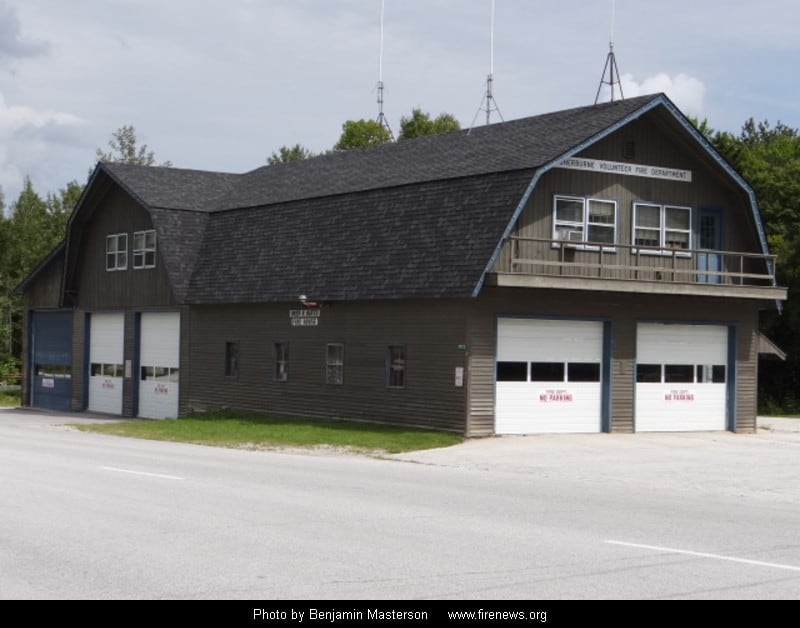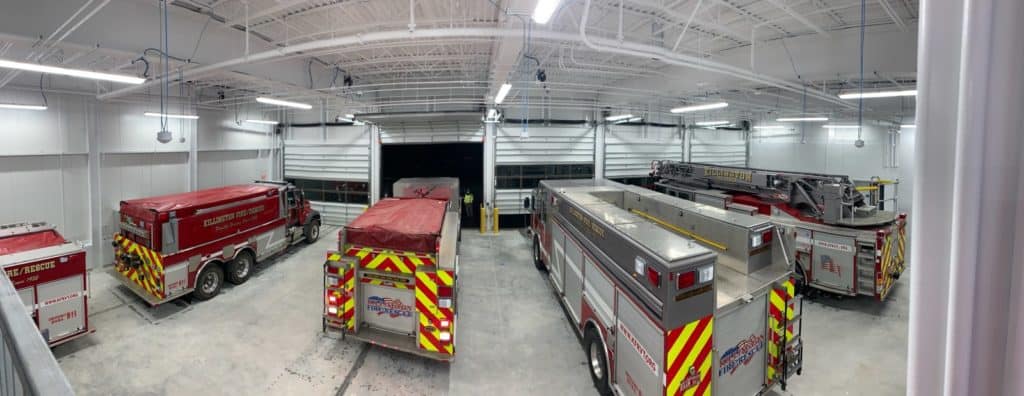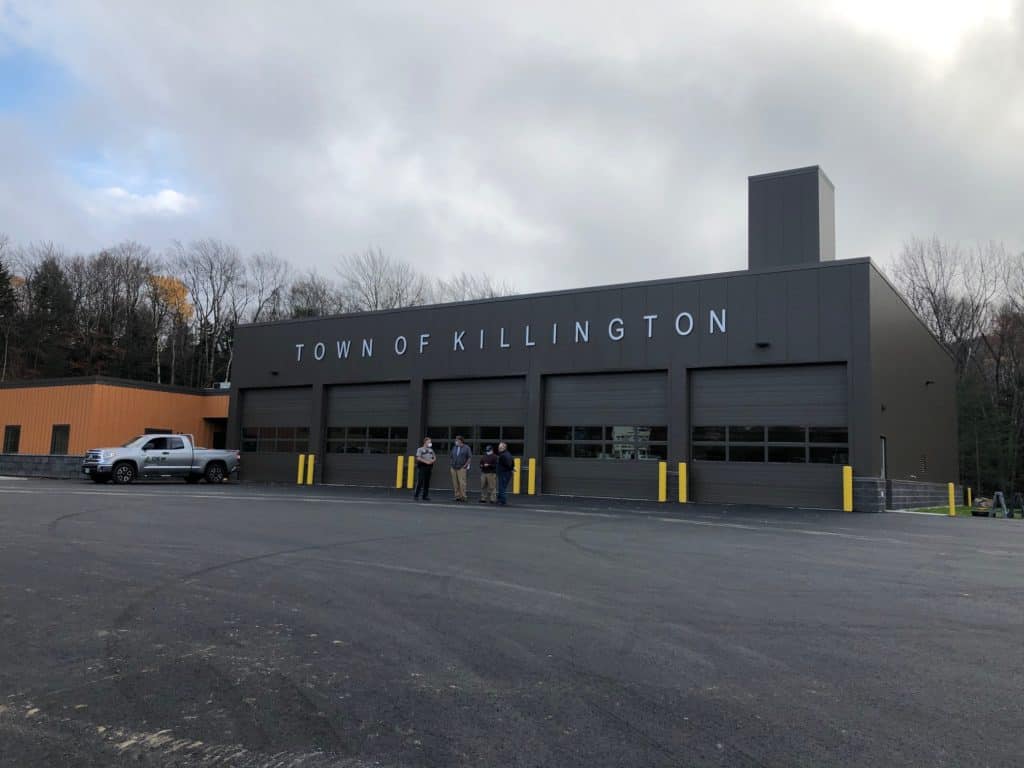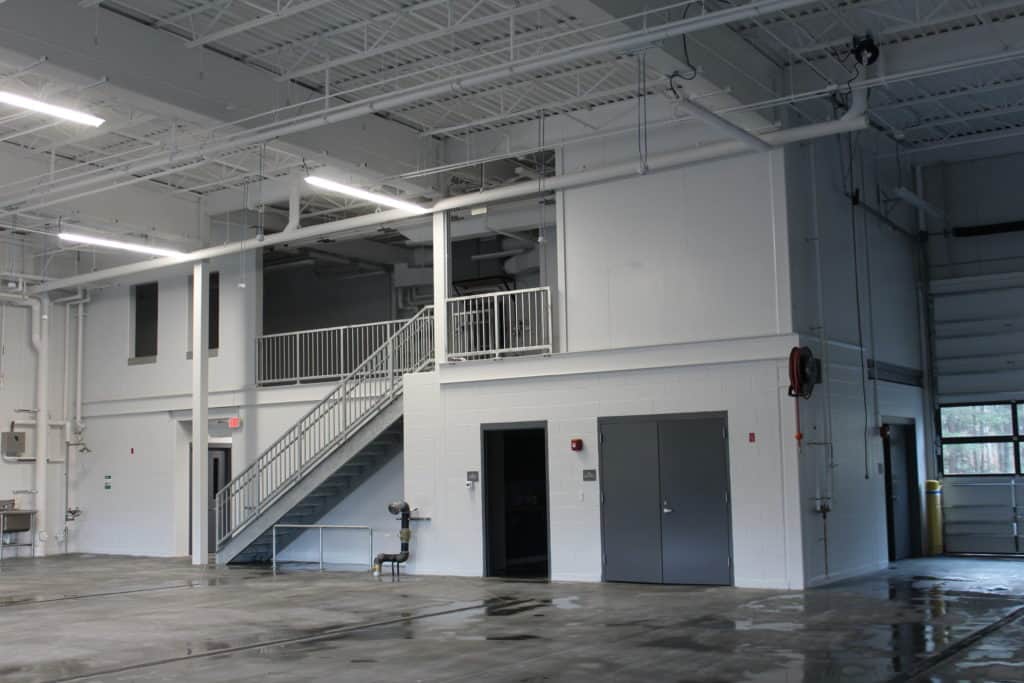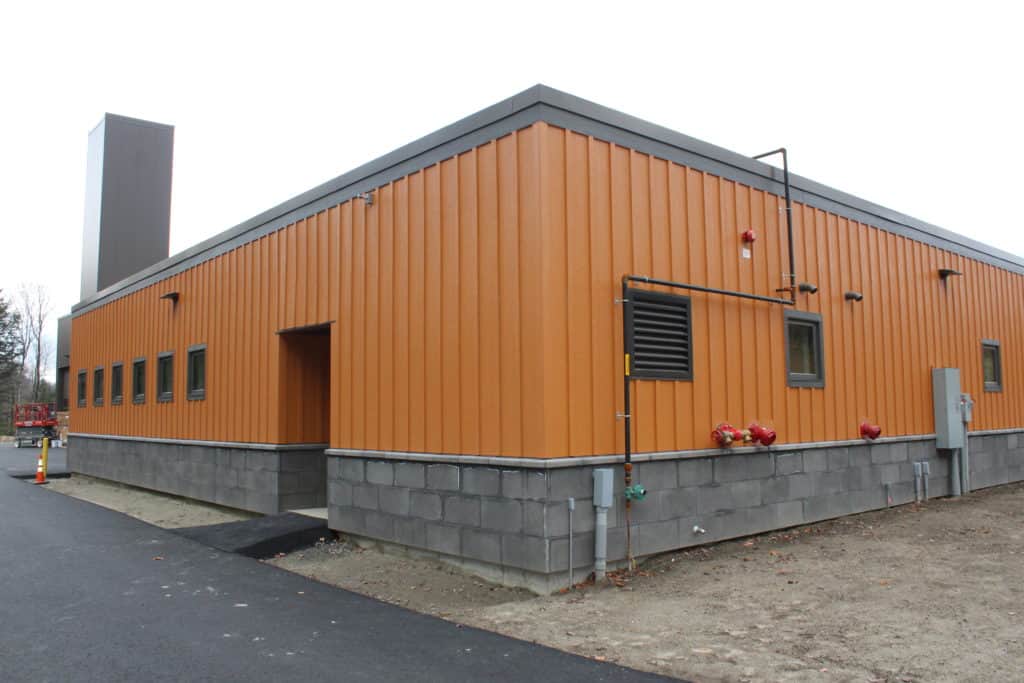Mountain Times
NOVEMBER 25, 2020
The registration deadline is Jan. 1
By Curt Peterson
Killington voters approved the zoning change for Short-Term Rentals Nov. 3, 482-262, but the actual form to register required two more Select Board meetings to finalize.
The state defines a short-term rental (STR) as a residential property rented for less than 30 days at a time, and for more than 14 days in a given year. Killington has more STRs (900 estimated) than its 860 population, inspired by the Killington-Pico ski resort, and various four-season events and activities.
At issue was the fee schedule for registering and obtaining a permit for short-term rental units.
At the Nov. 17 meeting the Select Board debated whether to base the fees on “bedrooms” or “occupants.”
In the end, the number of bedrooms became the determinant.
A permit for a unit with up to two bedrooms will cost $150, permits for three-bedroom units will cost $200, and four or more bedroom unit permits will cost $250. These are annual fees and must be paid when the units are registered with the town. The registration deadline is Jan. 1, 2021.
In Killington many units qualify for two occupants per bedroom, “plus two” occupants total. A two-bedroom unit, e.g., could legally house six occupants.
One property owner asked whether his fee would be based on actual number of bedrooms, or the number that he actually offers to rent. In his case, he said, he rents fewer than exist.
Selectman Jim Haff said the number of bedrooms actually offered to renters should be the number the owner puts on the registration application, which determines the fee.
Landlords who rent for less than 14 days per year are not required to register their units.
The registration program will be monitored by a firm contracted by the town to scan Killington rental units advertised on the internet through short-term rental sites. The sites’ companies will be amending their application forms to include the required Killington permit number for each offered unit. They can then track how many occupants a listing boasts vs. the number permitted by the town.
According to Zoning Administrator Preston Bristow, some property owners were advertising properties with occupancies far greater than approved by the state. Problems documented by the police and fire departments regarding parked cars blocking roads and noise complaints by neighbors had inspired creation of the STR registration ordinance.
The term for all permits will run from Nov. 1 to Oct. 31. For this first year, owners have until Jan. 1, 2021 to get their properties registered.
Bristow drafted the registration documents.
Besides the number of bedrooms, registrants must provide their state-mandated occupancies relative to septic and fire safety regulations, and certify that requirements of proper rental insurance are met. They also have to acknowledge awareness of the fire alarm regulations if they have an alarm system.
Selectman Chuck Claffey encourages property owners to register their units online to avoid Covid infection risk of coming to the town offices.
There were some complaints about the ordinance.
Dave McComb, who said he manages or owns around 80 STRs, objected to the November through October permit period.
He quoted the town zoning ordinance: “The duration of a short-term rental registration shall be one year from the date of issuance.”
Sue Walker thought the registration fee should match the start date of the permits – and if not, it should be pro-rated. The ordinance was adopted 17 days after the Nov. 1 permit effective date.
Haff explained the town had wanted to enact the ordinance in May, but a vote was called for, putting adoption off until after the election in November. In the meantime, he said, the town has incurred monitoring and documenting costs they need to recoup through the fees associated with this change of zoning and subsequent registration.
Data enumerating existing STRs are being documented. Town Manager Chet Hagenbarth said all the detached homes will be in the data base by the end of November, and condominiums will be entered in December.
